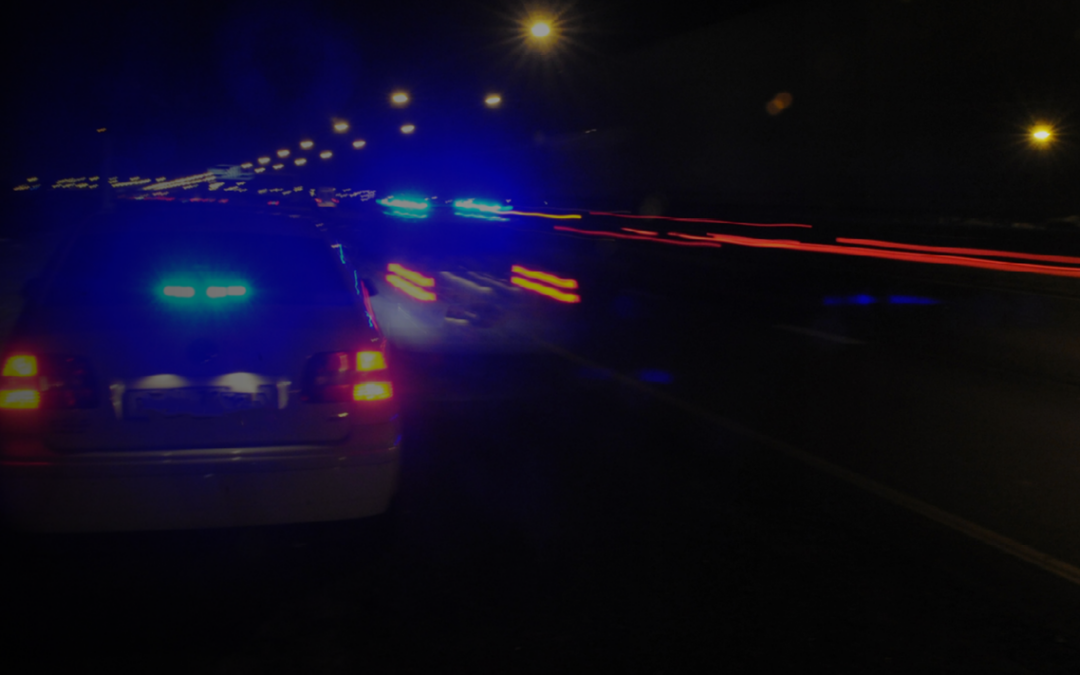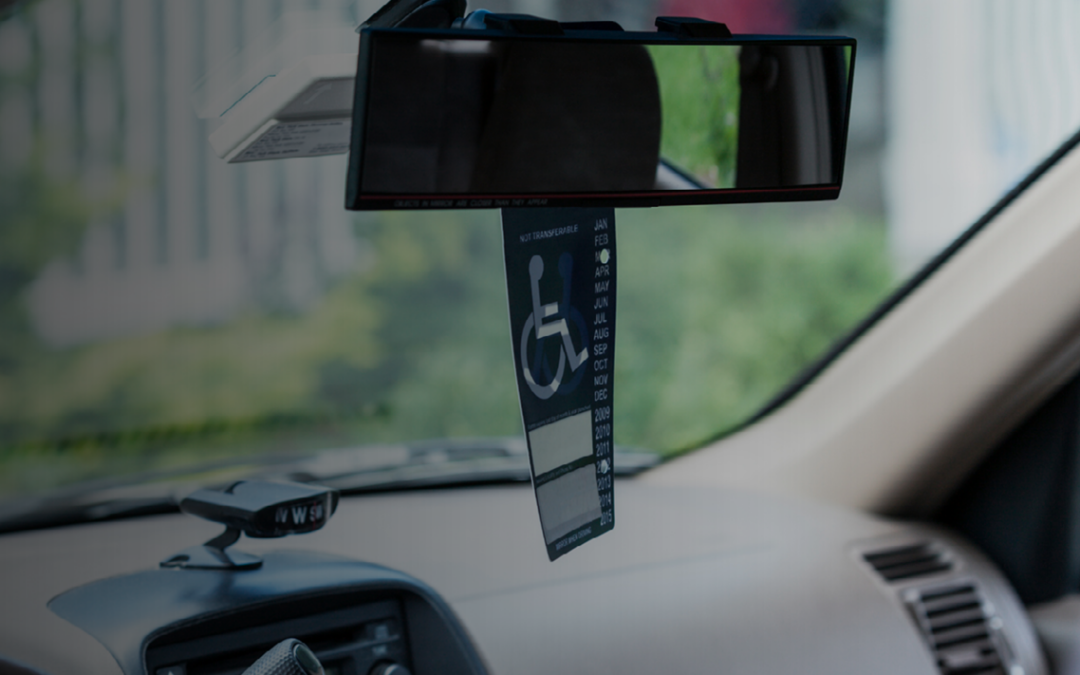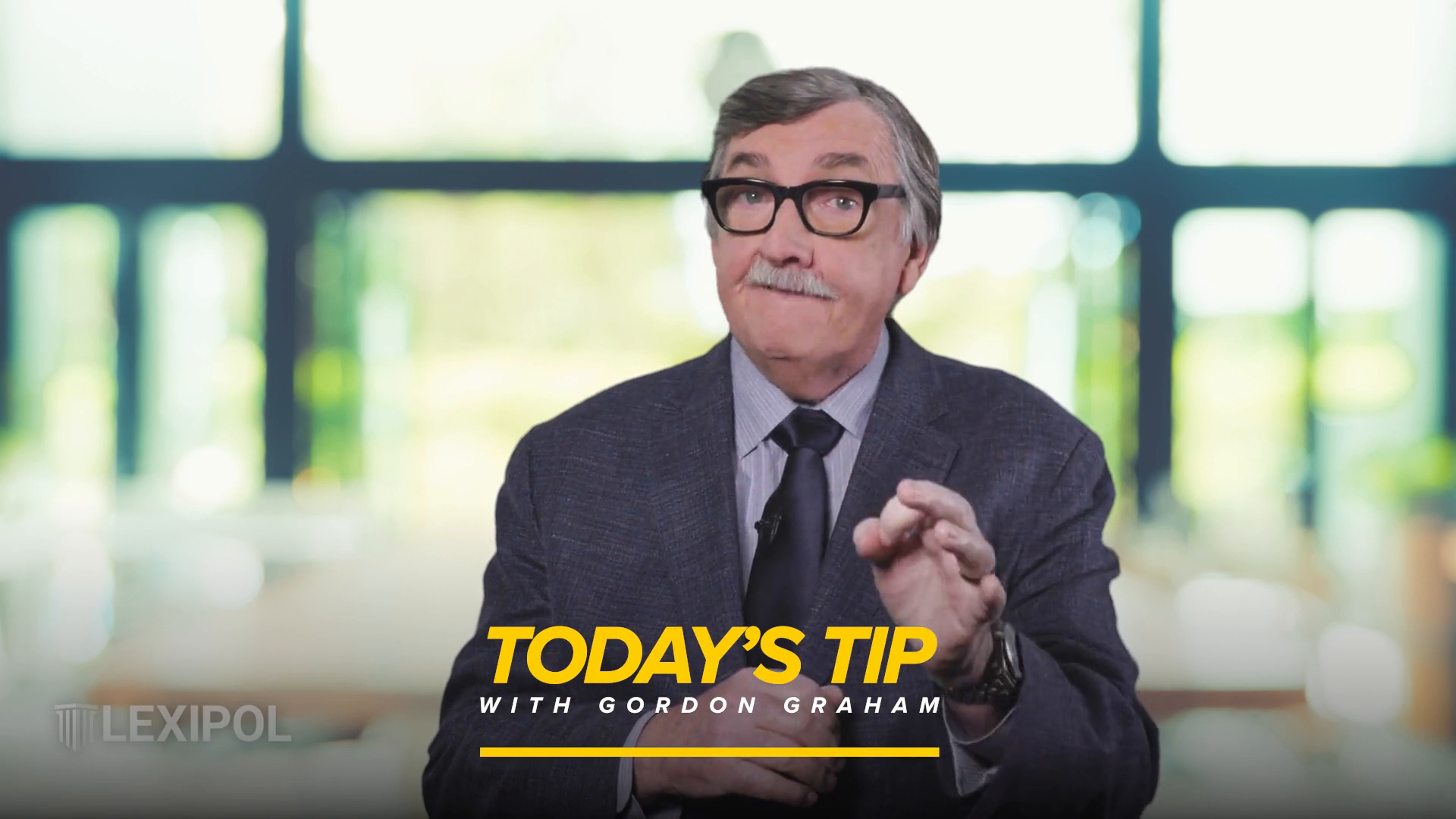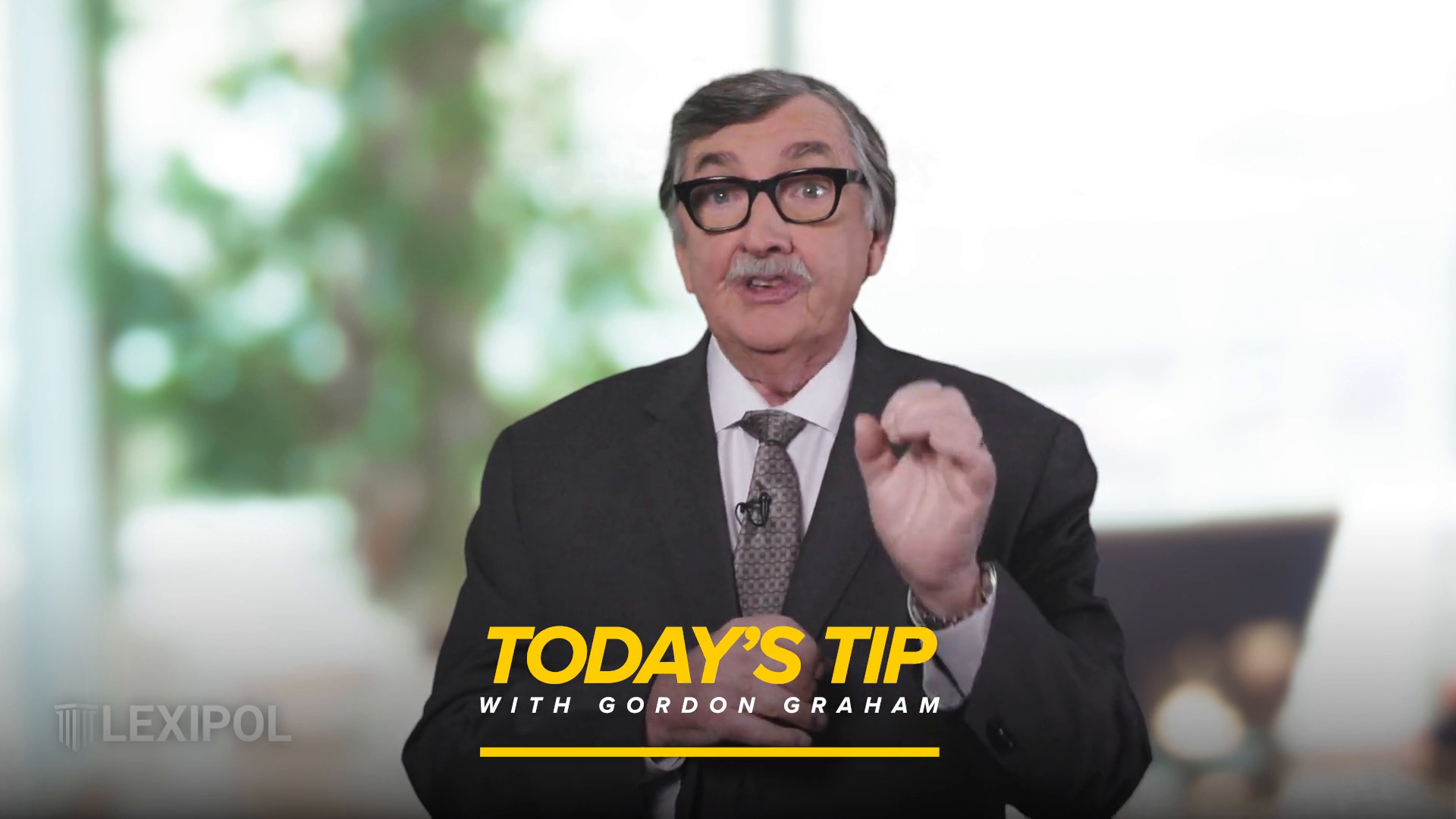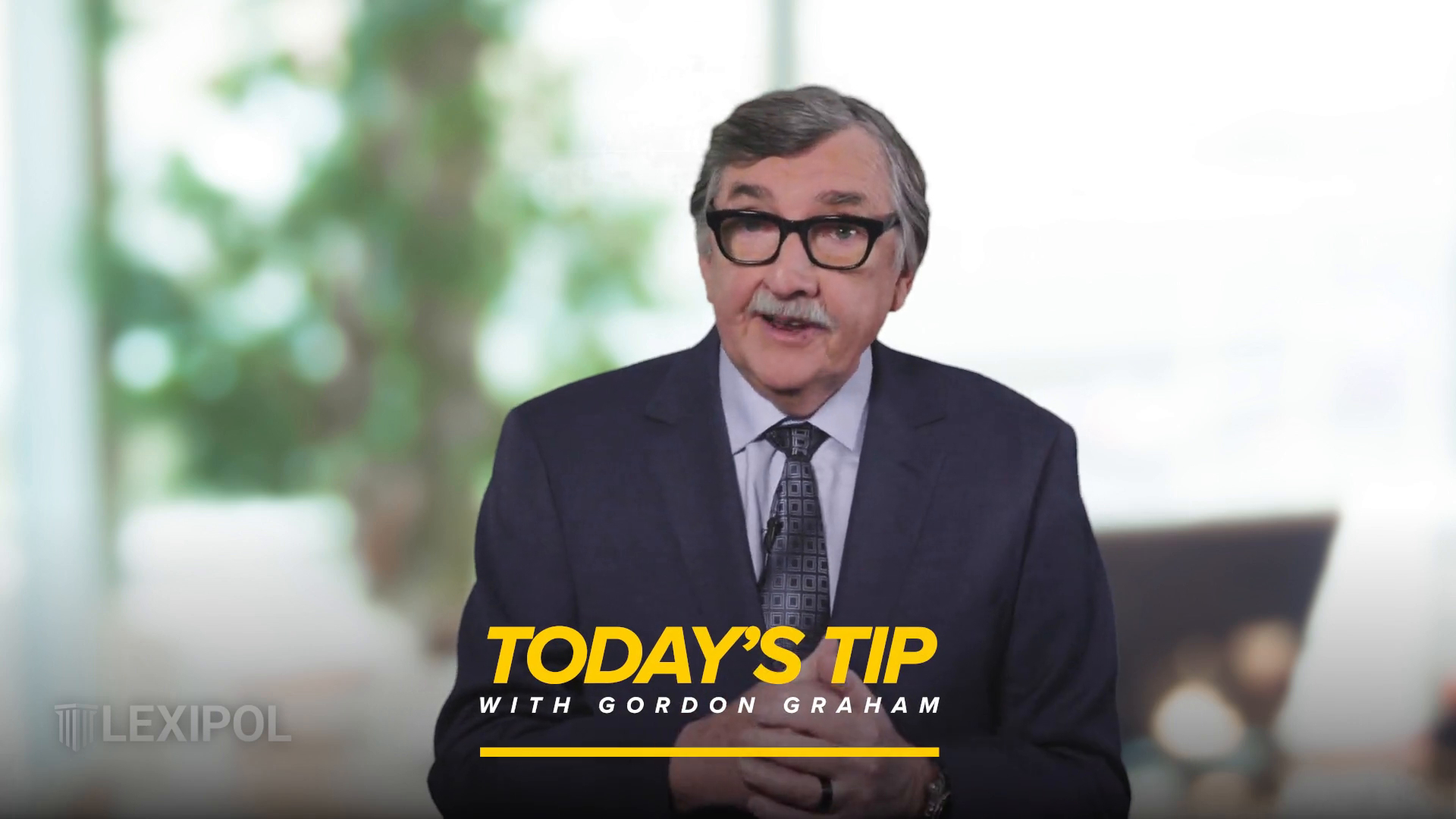Gordon Graham
Category: Law Enforcement
Gordon Graham here with Today’s Tip from Lexipol. Today’s Tip is for all law enforcement officers. I want to stress the importance of providing medical aid following an officer-involved shooting or other use of force.
Folks law enforcement professionals have some of the most important duties of anyone on the planet. This includes enforcing the law and protecting the public. Now, it’s no mystery that those duties are often tightly intertwined.
At times, our duties place us in situations where it’s necessary to use force – including deadly force – on another person. But even after we’ve used force to mitigate a threat, there’s still work to do.
If you’re able, and when it’s reasonably safe to do so, you must assess the person for visible injuries, signs of distress, and complaints of pain or injury. You should render aid within your training and capabilities and call for additional medical assistance.
Regardless of what happened beforehand, this person is now in your custody and dependent on you for help. So, make sure you do the right thing.
We’ve seen cases of police officers using force on a person and then being slow about giving aid or not even checking on the person at all. Not rendering appropriate medical assistance after a use of force incident is simply unacceptable. You are responsible for the safety and treatment of those in your care. Failing to render aid quickly can cause your use of force to be viewed negatively, even when it was legally justified.
The tools and training you’ve been given come with great responsibility. That includes helping an injured person whenever possible – even when the injuries came at the hands of law enforcement. Don’t let anger or frustration prevent you from fulfilling your duties.
And that’s Today’s Tip from Lexipol. Until next time, Gordon Graham signing off.

